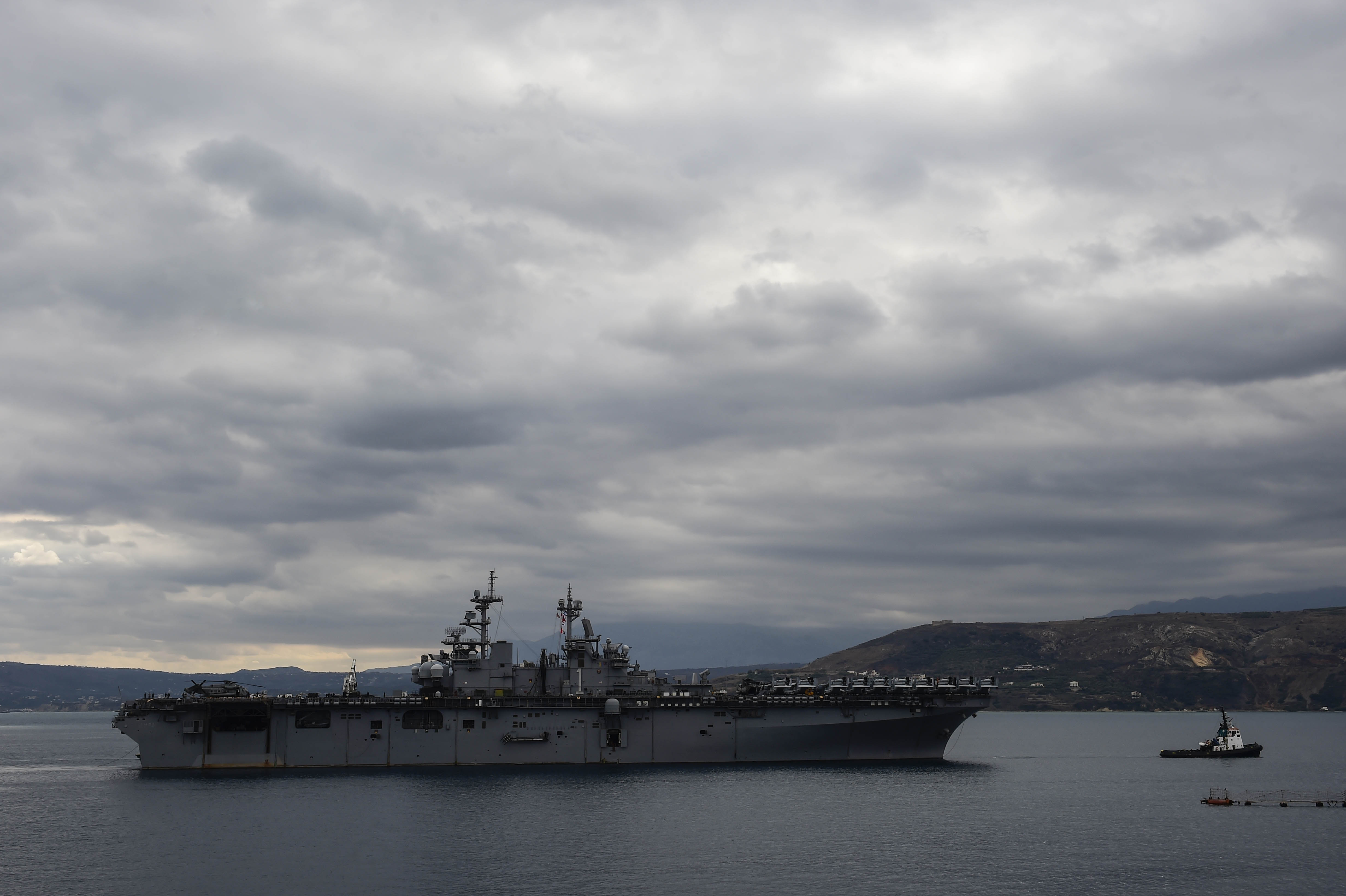On January 8, 2011 while en route to Beijing, then-Secretary of Defense Robert Gates took questions on Chinese military modernization. Responding to a question about the ASBM, Gates said “We’ve been watching these developments all along. I’ve been concerned about the development of the anti-ship cruise and ballistic missiles ever since I took this job [in 2007]...They clearly have the potential to put some of our capabilities at risk and we have to pay attention to them, we have to respond appropriately with our own programs.” In fact, he elaborated, “some of [DOD’s] higher priority areas for investment are focused on some of these anti-access programs.”...
...In a series of interviews in spring 2011, then-U.S. Chief of Naval Operations Admiral Gary Roughead downplayed the impact of China’s ASBM. Admiral Roughead explained “You have to look at the total employment of the weapon. You have to look at the nature of being able to first locate, then target, and then engage a moving seaborne target at range...I really do think it is not the game-changer people have played it up to be.” As he elaborated, the goal of the U.S. Navy is “to not be denied ocean areas [where we] can operate, or not be restricted in our ability to operate.” Most importantly, Roughead stated unequivocally “we have systems that can counter weapons like [the DF21D]...
...“Countering China’s projected ASBMs could involve employing a combination of active (i.e. ‘hard-kill’) measures, such as shooting down ASBMs with interceptor missiles, and passive (i.e. ‘soft-kill’) measures, such as those for masking the exact location of Navy ships or confusing ASBM reentry vehicles. Employing a combination of active and passive measures would attack various points in the ASBM ‘kill chain’—the sequence of events that needs to be completed to carry out a successful ASBM attack. This sequence includes detection, identification, and localization of the target ship, transmission of that data to the ASBM launcher, firing the ASBM, and having the ASBM reentry vehicle find the target ship. “Attacking various points in an opponent’s kill chain is an established method for countering an opponent’s military capability. A September 30, 2011, press report, for example, quotes Lieutenant General Herbert Carlisle, the Air Force’s deputy chief of staff for operations, plans, and requirements, as stating in regard to Air Force planning that ‘We’ve taken [China’s] kill chains apart to the “nth” degree.’ In an interview published on January 14, 2013, Admiral Jonathan W. Greenert, the Chief of Naval Operations, stated: ‘In order for one to conduct any kind of attack, whether it is a ballistic missile or cruise missile, you have got to find somebody. Then, you have got to make sure it is somebody you want to shoot. Then, you’ve got to track it, you’ve got to hold that track. Then, you deliver the missile. We often talk about what I would call hard kill—knocking it down, a bullet on a bullet—or soft kill; there is jamming, spoofing, confusing; and we look at that whole spectrum of operations. And frankly, it is cheaper in the left-hand side of that spectrum. “To attack the ASBM kill chain, Navy surface ships, for example, could operate in ways (such as controlling electromagnetic emissions or using deception emitters) that make it more difficult for China to detect, identify, and track those ships. The Navy could acquire weapons and systems for disabling or jamming China’s long-range.


